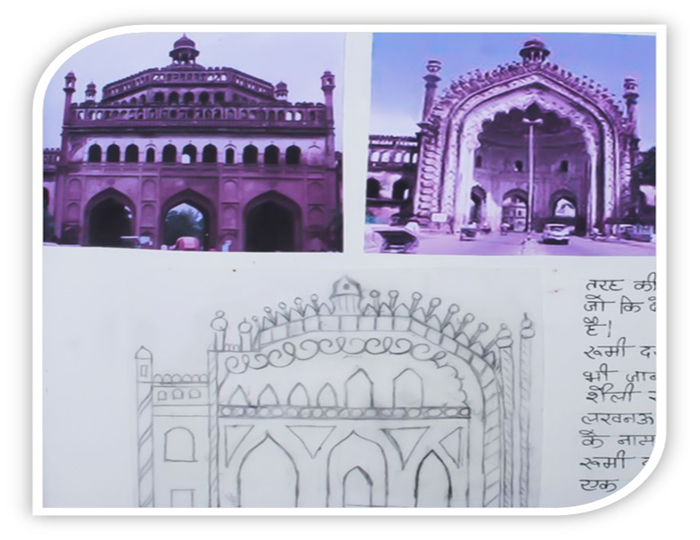
Education/Learning, Entrepreneurship, Business Devt., Innovation, Contemporization, Sustainability, Sustainable Devt.
Paradigm Shift in Innovation by Artisans: Product to Social
Kalra, Jaspal
Issue 06,Autumn 2020
Issue #006, Autumn, 2020 ISSN: 2581- 9410
Preface
Handicrafts in India date back to the Indus Valley civilisation (3300 B.C.E. - 1700 B.C.E.) and form an important economic and cultural asset. Until the 17th century crafts enjoyed patronage from princely states, but colonial rule and subsequent industrialization marked a steady decline in the craft market[1]. Many scholars consider craft as high skill-based, outcome-oriented, but the connection that the craftsperson has to material and environment expands craft’s dimension from product to people, not just as objects but also having social values and meaning. Creative thinking has been an intrinsic part of craft and as M. Littrell expresses it, ‘the creation of a craftsperson having inherent inconsistencies of being handmade, high excellence of craftsmanship, uniqueness and local materials, gives authenticity to the craft product.[2]’ So, for craft to hold its value, a high level of excellence becomes its core component and identity. According to Bruce Montgomery (2012), craft becomes new luxury with its labour-intensive craftsmanship. He does not undermine the relationship craft has with the artisan who made it, as that gives it uniqueness, something that manufactured goods can never achieve. Luxury brands across the globe have accepted craft as an important component of their product line. Innumerable crafts and artisans of India ar...
This is a preview. To access all the essays on the Global InCH Journal a modest subscription cost is being levied to cover costs of hosting, editing, peer reviewing etc. To subscribe, Click Here.
ALSO SEE
The Contribution of the Decorative Arts Departm...
Pathak, Anamika
The Cultural Diversity Umbrella
Jongeward, Carolyn



